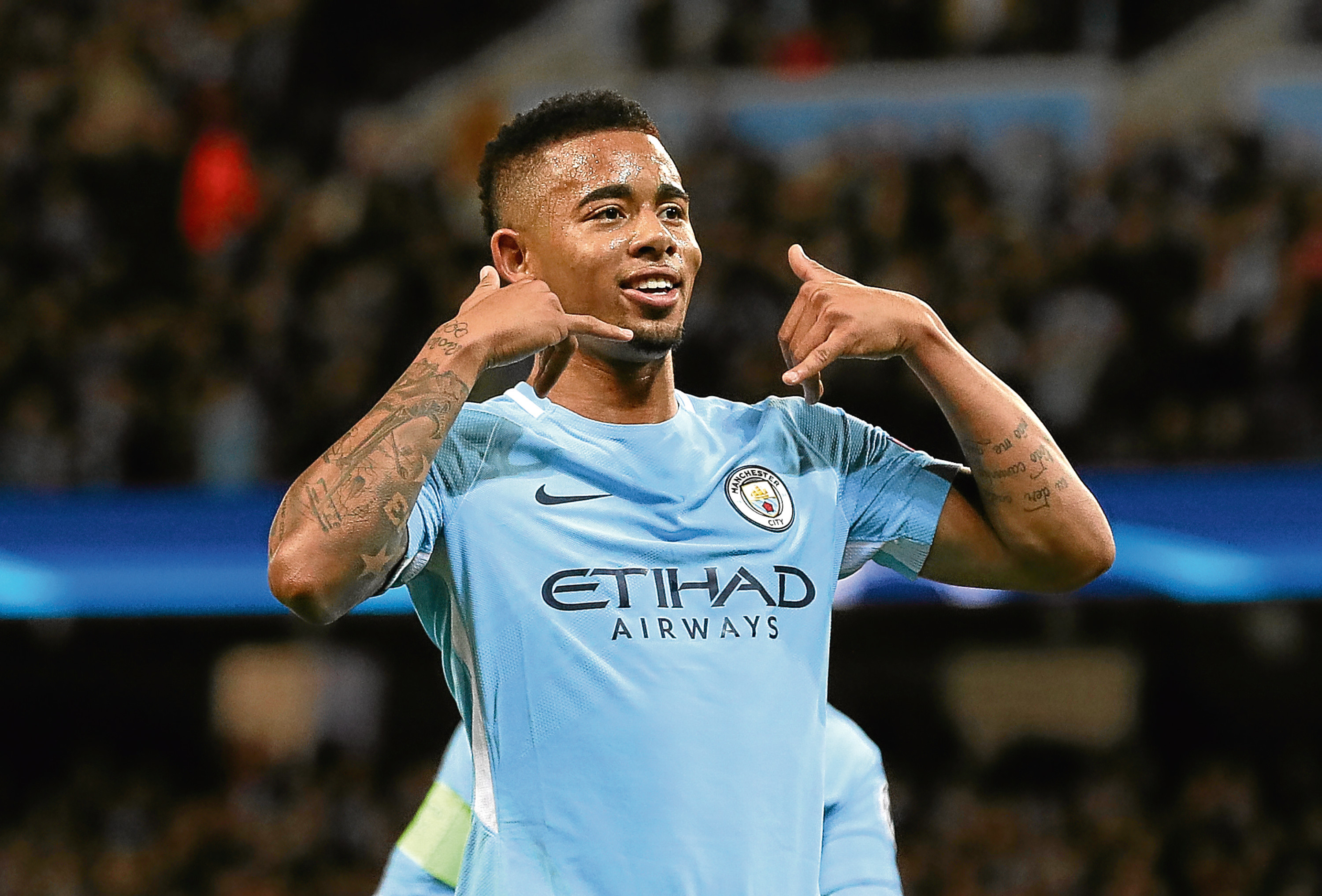
NEW research reveals that over the past 10 seasons, Manchester City has a net spend of £135,000,000 during the winter transfer window, almost three times the number of second-place Spurs and nine times the number of local rivals, Manchester United.
Becoming a footballer is a dream job for many and these new figures from UK job board CV-Library have found that the “big six” (Manchester United, Manchester City, Liverpool, Arsenal, Chelsea and Spurs) are responsible for over half (56%) of all January expenditure across the past ten seasons.
Looking at the total ten-year spend of any side, Roman Abramovich’s Chelsea have forked out an eye-watering £250m on new recruits since the 2006/2007 season.
However, the Blues only have a modest net spend of £6m due to recouping over £240m thanks in part to the sales of the likes of Oscar, Juan Mata and Andre Schurrle.
| Club | Net spend | Income | Expenditure |
| Manchester City | £135,095,000 | £50,525,000 | £185,620,000 |
| Tottenham Hotspur | £47,375,000 | £64,405,000 | £111,780,000 |
| Arsenal | £42,482,920 | £13,106,080 | £55,589,000 |
| Manchester United | £14,430,000 | £58,800,000 | £73,230,000 |
| Chelsea | £6,030,000 | £243,370,000 | £249,400,000 |
| Liverpool | £3,226,000 | £104,504,000 | £107,730,000 |
In comparison, local rivals Tottenham have a net spend of almost £50m despite spending less than half that of their blue counterparts. North London competitors, Arsenal chart fifth on the overall list with a net spend of £42m, with their biggest outlay going towards diminutive Russian, Andrei Arshavin in the 2008/2009 season.
Stoke City come in third overall due to the modest income they have received through player sales. The Potters have sold 28 players to the tune of £11m, an average cost of just £409,000 per player – the lowest of any current Premier League side that has spent a full season in the league and in stark contrast to Chelsea who average a whopping £11m per player sold.
Newly promoted Huddersfield Town have spent and received the least out of all 20 Premier League clubs – the Terriers have dished out £4m on players since the 2006/2007 season, almost three times less than closest rivals, Brighton (£11m) and only 6% of the average expenditure across the whole league.
Only four Premier League clubs have a positive net spend, with Newcastle United substantially leading the way through a profit of over £30million. Watford, Swansea and West Bromwich Albion all follow the Toon but are still over £11million less combined.
CV-Library also looked into each club’s youth academy over the past ten years to determine how many players are playing in the Premier League as a result of their respective youth system.
North West giants Manchester United unsurprisingly lead the way with over 100 academy prospects going on to play the game at a professional level with the likes of Paul Pogba, Michael Keane and Jesse Lingard all featuring regularly in the Premier League.
The Red Devils are closely followed by Chelsea and Arsenal, with the London clubs producing 92 and 86 professional footballers across the past ten years respectively while Southampton continue to punch above their weight as they are only second to Manchester United for players currently active in the league with 16.
Interestingly, Championship club Leeds United currently have seven players plying their trade in the top flight, more than 11 other Premier League clubs.
The number of youth academy products playing in the Premier League this season per club:
| Club | No. of players currently in the Premier League |
| Manchester United | 29 |
| Southampton | 16 |
| Tottenham | 16 |
| Arsenal | 15 |
| Man City | 13 |
| West Ham | 12 |
| Liverpool | 11 |
| Chelsea | 10 |
| Crystal Palace | 7 |
| Leeds | 7 |

Enjoy the convenience of having The Sunday Post delivered as a digital ePaper straight to your smartphone, tablet or computer.
Subscribe for only £5.49 a month and enjoy all the benefits of the printed paper as a digital replica.
Subscribe